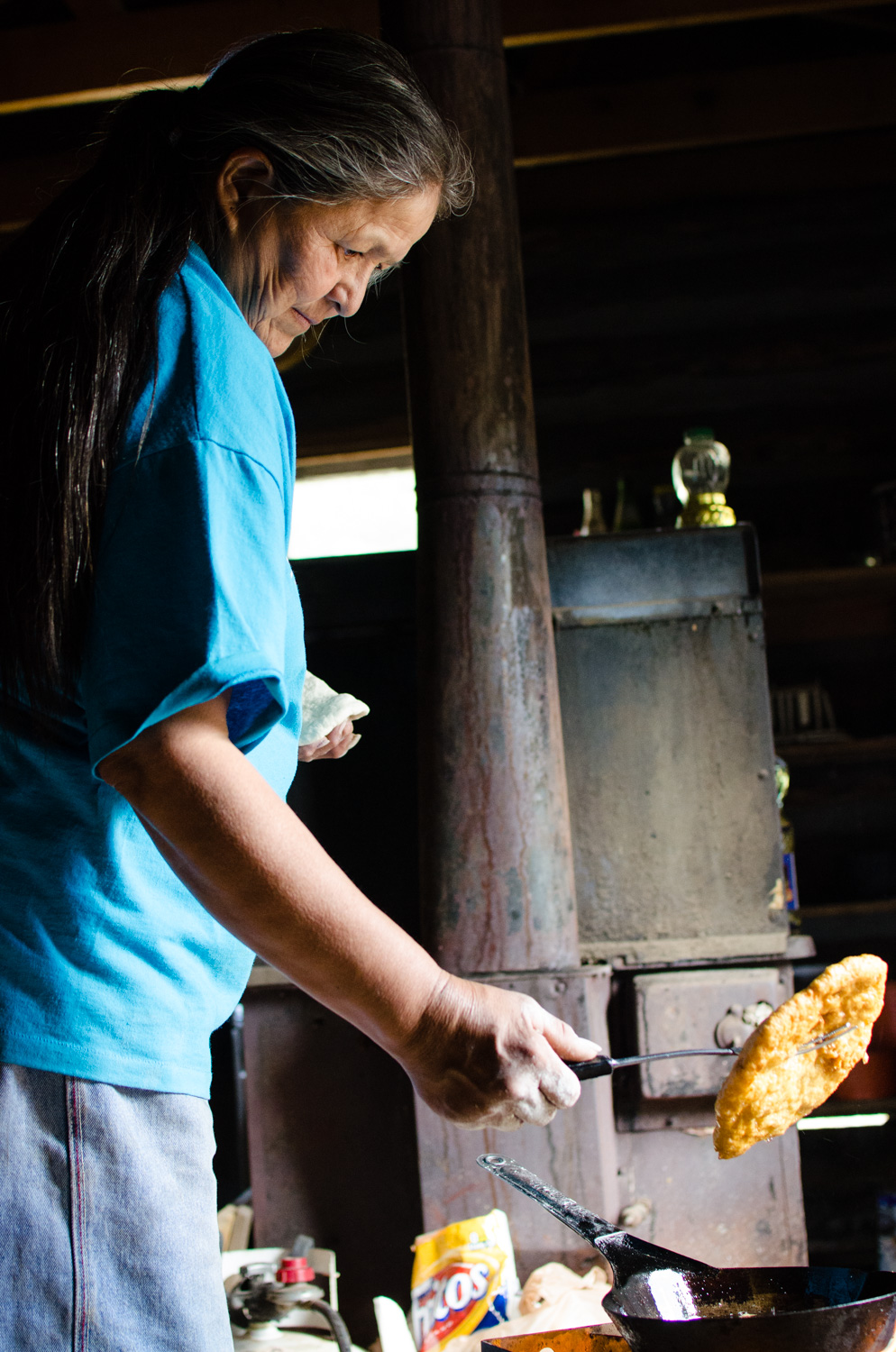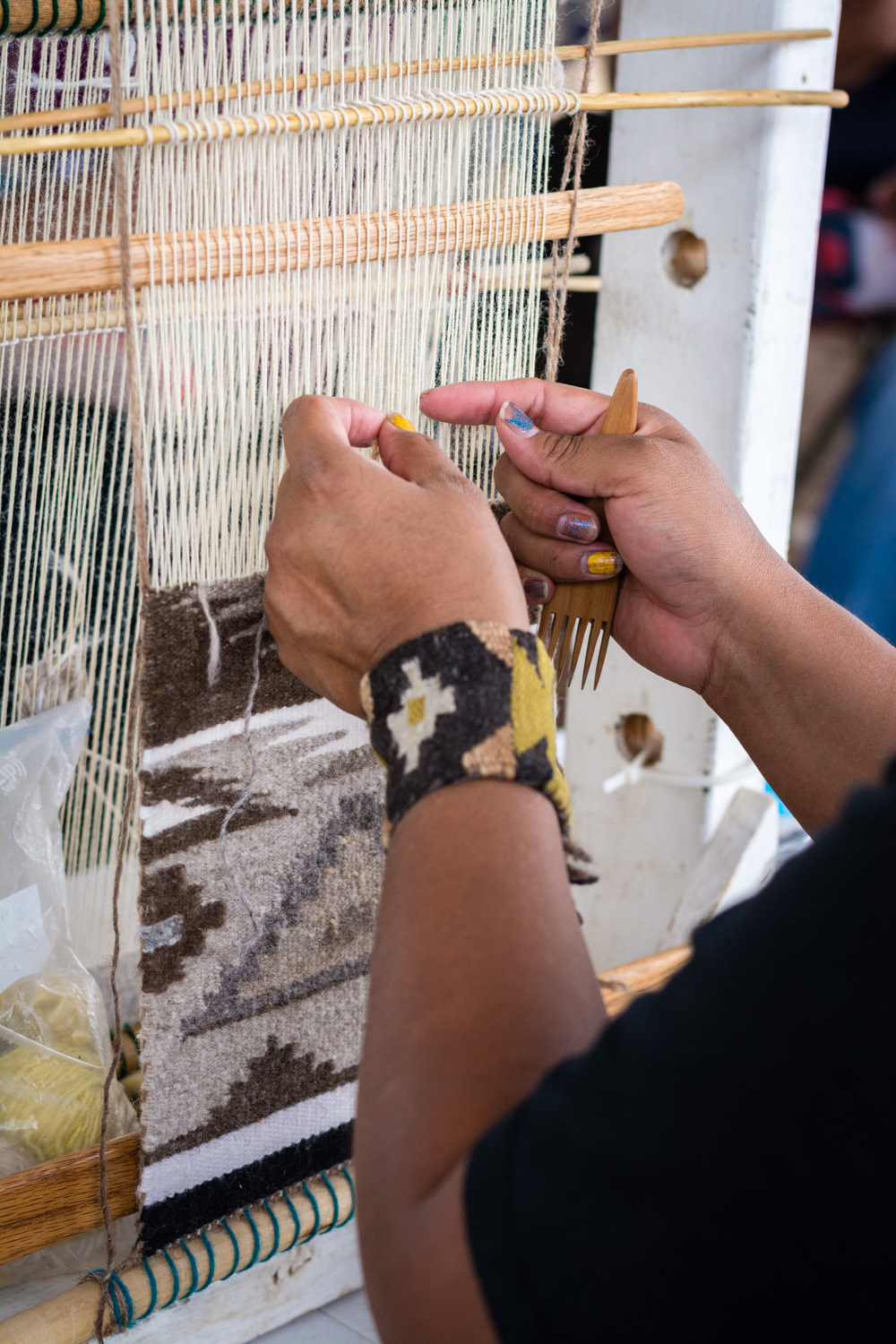Navajo Shepherds of the Chuska Mountains
For centuries, Navajo shepherds have taken their flocks up into the forests and meadows of the Chuska Mountains during summers, leaving their homes in the desertlands below in search of cool weather, flowing water, and lush pastures. Rising along the border of New Mexico and Arizona within the Navajo Nation, the Chuskas were “the backbone of Diné transhumance,” according to historian Dr. Marsha Weisiger, where many families “mapped a pattern that they would trace again and again for generations.” Pastoralism in these mountains, however, has faded dramatically over the last few generations.
Of the handful of shepherds who still migrate to the Chuskas in summer, most are keepers of the legendary textile traditions of the Navajo (or Diné) – people. Some of the world’s finest weavers can be found in communities connected to these mountains. Each geographical nook has its own distinct style of patterns and colors – for instance, weavers from the Toadlena / Two Grey Hills area are known for rejecting the use of dyes, favoring instead the natural hues of the wool that’s shorn from their own sheep. Though traditions here are strong, they are not static; fiber artists borrow ideas and themes from neighboring areas, and some have added alpacas to their flocks, diversifying what they can create. Some traditions are even making a comeback, including the breeding and raising of Navajo-Churro sheep, which were nearly extinct by the 1970s due mainly to the government-imposed stock reductions earlier in the twentieth century, when hundreds of thousands of Navajo sheep were slaughtered.
Following the stock-reductions, herding in the Chuskas declined. Many families who had once lived off of their flocks had to seek other types of work and new ways of living – but others, who rebuilt their herds, returned to the mountains in summers. Today, the interests of many young Navajos simply don’t include spending months at a time living with sheep in the wilderness, with no electricity or, especially, cell phone service – though there are Navajo organizations and individuals that are committed to passing on this traditional way of life to future generations.
Working in collaboration with Navajo sheep herders in and around the Chuska Mountains, Traditional Cultures Project is documenting their pastoralist culture in images and videos, through interviews and hands-on experience. It is part of our Nomadic Worlds initiative. We're working on it in partnership with Diné be' iiná / Navajo Lifeway, a Navajo non-profit organization based in Shiprock, NM.
To read an article our project leader wrote for The New York Times about helping a Navajo sheep herder take her flock into the Chuskas, see The Sheep Are Our Parents. For a selection of more images from the Chuska region, see our Chuska Gallery.









